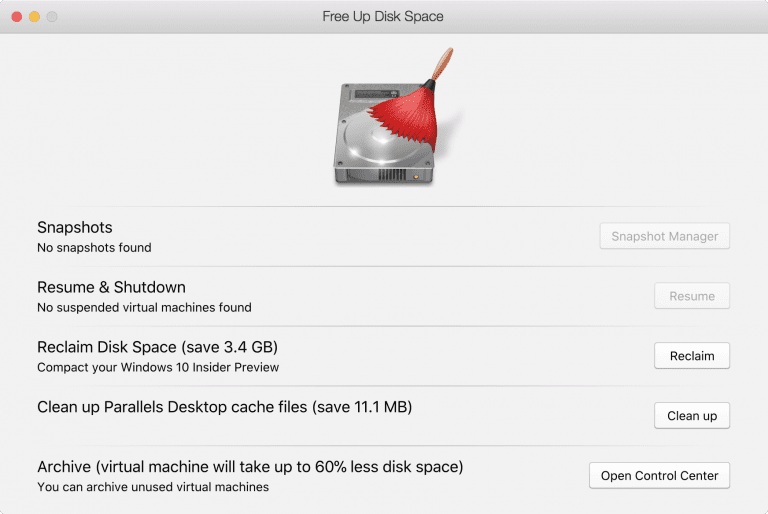

- #VMWARE FUSION BLACK SCREEN WINDOWS 10 RESTORE INSTALL#
- #VMWARE FUSION BLACK SCREEN WINDOWS 10 RESTORE ANDROID#
- #VMWARE FUSION BLACK SCREEN WINDOWS 10 RESTORE ISO#
- #VMWARE FUSION BLACK SCREEN WINDOWS 10 RESTORE DOWNLOAD#
You can try the “Run Android-x86”, but it won’t work. The installer will copy all the files to your virtual disk and once that completes, the following screen appears. We do not need system read-write so keep it read only. Copy the installation files to the VM keep system read only


#VMWARE FUSION BLACK SCREEN WINDOWS 10 RESTORE INSTALL#
Install a boot loader Install boot loader Yep, format as ext4, Select Yes and continue. Our partition needs a file system, select ext4 and continue. Once we have a partition, we can select it. As you can see in the above screenshot, the letter “s” fell off the screen. Type “yes” -without typing the parentheses- and press return. This is a new virtual machine, so yes we are sure. You are asked if you are sure as it is a potentially data destroying operation. The “Boot” flag should show up, just as in the screenshot above. So with “Bootable” selected as above press “return”. We need to make the partition bootable in order to be able to start up. Choose the default (Primary) and press return.Īfter that it asks how big that partition should be. The partition wizard wants to know if you want to create a Primary or a Logical Partition. Use the “Right Arrow” key to select “New” and press Return. So select “No” like the default and press “Return” once more. We are not going to use GPT, but MBR instead. Press the “Return” key with the “OK” button highlighted like here. With the arrow keys you can navigate on the options. We are going to create a new “All in one” partition, type “C” to select the “Create/Modify partitions” option.

Create a new partition Partitioning the virtual disk Select “installation” from the boot menu here as we are going to create it into a VM. It should come up with the following screen.
#VMWARE FUSION BLACK SCREEN WINDOWS 10 RESTORE ANDROID#
Android Installation Walk throughĬlick back on “Show All” and close the “Settings” dialog. Enable 3D and assign more video RAMĮnable 3D and change the shared graphics memory to 1024 MB. Click on the “Display” icon to change the settings there. No need to change any of the advanced options.Ĭlick on “Show All” after making the changes. More can be added later if it isn’t enough for your usage. That’s really not sufficient, change to 2 vCPU’s and 2GB of RAM. Here we can change the default VM settings.Ĭlick on “Processors & Memory” Change default vCPU’s and RAM I figured to call the VM “Android x86_64”, but name it anything you like. When you click “Customize Settings you first get an opportunity to rename your VM to something better. Here we click on “Customize Settings” and not “Finish” as the defaults need to be tweaked for the VM to run better. Select “Legacy BIOS”, not UEFIįor the firmware option, it is recommended to stick to the “Legacy BIOS”. That guest OS type isn’t exactly correct, but it doesn’t matter for getting this to work.
#VMWARE FUSION BLACK SCREEN WINDOWS 10 RESTORE ISO#
iso file you dragged onto it selected and it detected it as “FreeBSD 10 or earlier”. The create a new virtual machine wizardĪs you can see I had installed android earlier. iso file onto the designated area and press the Continue button. In VMware Fusion, from the menu select File -> New.ĭrag your downloaded.
#VMWARE FUSION BLACK SCREEN WINDOWS 10 RESTORE DOWNLOAD#
So I figured to write this post.įor this post I used the latest release Android 9.0 r1 which you can download from OSDN with this direct link android-x86_ Install Android 9.0 as a VM Getting this to work requires a few additional steps that are not exactly obvious. Thanks to the Android x86 project you can run Android as a VM in VMware Fusion.


 0 kommentar(er)
0 kommentar(er)
